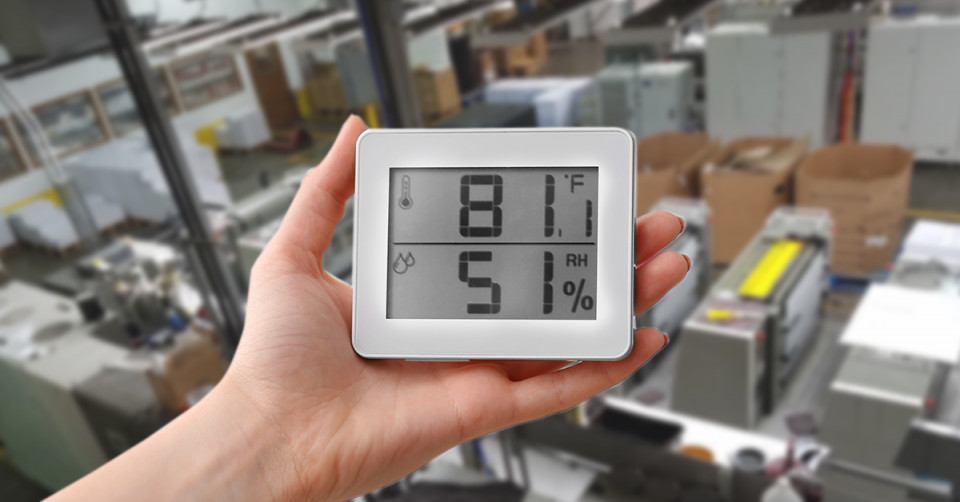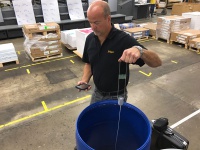
How Seasonal Changes Can Affect Print
It’s summertime, and extreme temperatures can have a dramatic effect on your printing process. Drying rates of coatings are often slower whenever an excessive amount of heat and moisture is present. Since paper stocks, inks, and coatings are all affected by heat and moisture, proper care should be taken to deliver a saleable press sheet.
Process control of all variables in the printing process is critical when conditions are extreme. Pile temperatures, coating viscosity, film weight, ink emulsification, ink density, and fountain solution conductivity should be closely monitored.
Maintaining the recommended pile temperatures during printing is critical. A combination of infrared energy and warm air are needed. The shearing and removal of moisture from the sheet is extremely important during hot and humid conditions. Under these conditions, allow for increased cure time before finishing and converting.
Viscosity & Film Weight

Coating viscosity and film weight are directly related to each other. When conditions are hot and humid, the viscosity will decrease, which results in lower film weights. The lower film weights will, in turn, reduce gloss and rub resistance. It may be necessary to purchase higher viscosity coatings in the summer months to combat this issue.
Another option is to increase the film weight of the coating. A recommended film weight of 1 wet pound per 1000 square feet of stock is required for optimum coating performance. If the press is equipped with variable-speed rollers, an increase in film weight can be obtained by increasing the speed of the pan roller. Film weight is also controlled by pressure settings. Reducing the blanket stripe to 1/8″ (or 3 mm) will increase film weight.
Over-emulsified inks, heavy ink densities, and uncontrolled fountain solution conductivity (signifying reservoir contamination) can all lead to slow drying coating. Use caution under extreme conditions and control the process.
Controlling Environmental Conditions
The performance of aqueous coatings, as well as inks and stocks, are optimized when the pressroom is controlled for temperature and humidity. Superb results can be achieved when the pressroom is between 65-75°F (18.3 – 23.9°C) and between 40-60% relative humidity. The benefits of maintaining these recommended parameters are listed below:
• Optimized aqueous coating performance
• Consistent and predictable drying
• Optimum and consistent gloss
• Optimum and consistent rub resistance
• Optimum and consistent film formation — i.e. no cracking, no orange peel
• Eliminates static electricity
• Allows for higher press speeds
• Eliminates sheet curl and warping
• Improves sheet separation
• Allows better ink transfer
• Stabilizes raw materials — i.e. paper, ink, fountain solution, coating
• Improves overall conditions of the workplace
• Provides for dust suppression
Prisco manufactures a wide variety of coatings that have been designed to work well in extreme conditions. To learn more about these coatings, please contact your local Prisco sales rep, or visit us on the web at Prisco Coatings.


